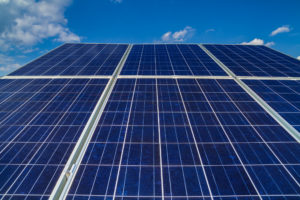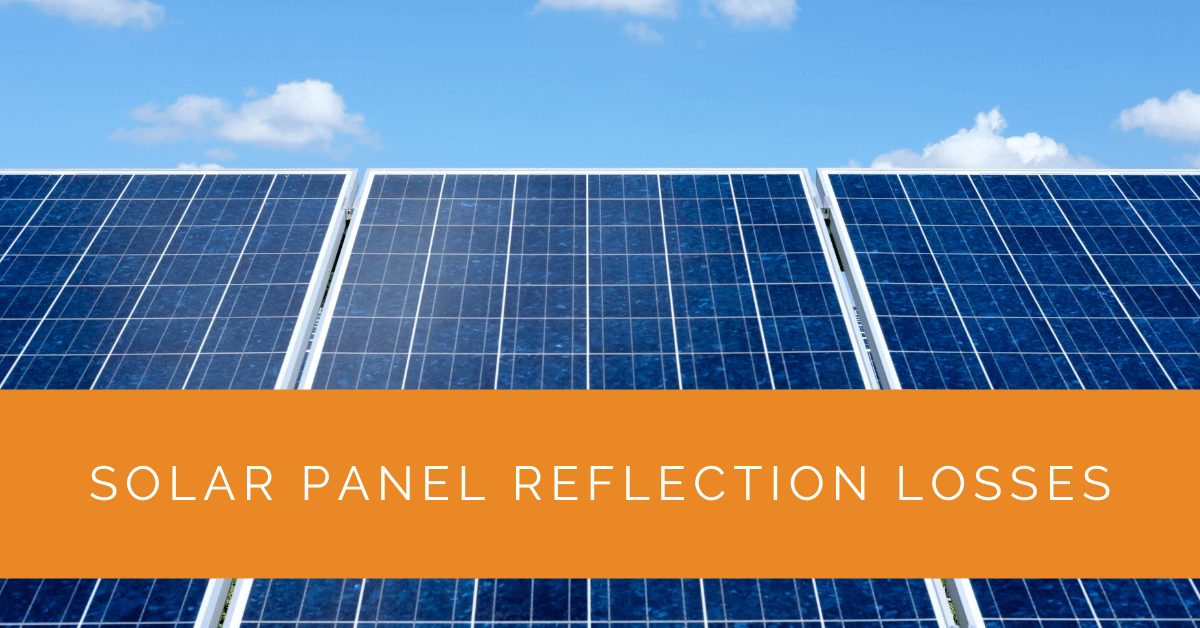Solar energy is a vital renewable energy source, and photovoltaic (PV) systems are at the forefront of harnessing this resource. To maximize the efficiency of PV systems, it’s crucial to comprehend the factors contributing to energy losses. One significant aspect is “reflection losses,” which impact the overall power output of solar panels. This comprehensive article will delve into the intricate world of reflection losses, exploring how they affect solar cells, the science behind them, and strategies to mitigate these losses for more sustainable and efficient PV systems.
Contents
Key Takeaways
- Solar panel reflectivity, or the extent to which a solar panel reflects incident light, impacts PV system efficiency and energy production.
- Factors affecting reflectivity include surface materials, incident angles, and anti-reflection coatings.
- Minimizing reflection losses through technology and maintenance is crucial for optimizing solar energy conversion and contributing to renewable energy sustainability.
Solar Panel Reflectivity
What is Solar Panel Reflectivity?
Solar panel reflectivity, often called “reflectance,” measures the extent to which a solar panel reflects incident light rather than absorbing it. It’s a critical factor in determining the efficiency of a PV module. When sunlight strikes a solar panel, a portion of the light is reflected into the environment, leading to energy loss.
Factors Affecting Solar Panel Reflectivity
Several factors influence the reflectivity of a solar panel, including:
- Surface Materials: The composition of the solar panel’s surface plays a significant role in determining how much light is reflected. Different materials have varying reflectance properties.
- Incident Angle: The angle at which sunlight strikes the panel affects the amount of light reflected. Adjusting the panel’s orientation can minimize reflection losses.
- Wavelength and Spectral Properties: The reflectivity of a solar panel can vary with the wavelength of light. Different wavelengths may be reflected to varying degrees.
- Refractive Index: The refractive index of the solar panel’s material also impacts how light interacts with the surface. Higher refractive indices can lead to increased reflection.
- Anti-Reflection Coatings: Anti-reflection coatings are a common practice to reduce reflectivity and enhance light absorption.
The Science Behind Reflectivity
To understand reflectivity better, let’s dive into the science behind it. When sunlight, composed of different wavelengths, interacts with a solar panel, three essential processes occur:
- Absorption: Some photons are absorbed by the semiconductor material of the solar cell. This absorbed energy is then converted into electrical energy.
- Transmission: Some sunlight passes through the solar cell material, typically without contributing to electricity generation.
- Reflection: As mentioned earlier, some photons are reflected away from the solar panel’s surface.
The interplay between these processes determines the overall efficiency of the solar panel. Ideally, we would want all incident light absorbed, but reflection and transmission losses are inevitable.

Impact on Solar Energy Production
Strategies for Minimizing Reflectivity Losses
Anti-Reflection Coatings
Anti-reflection coatings are engineered to reduce the reflectance of solar panels, particularly in the visible light spectrum. These coatings consist of thin material layers with refractive indices designed to cancel out the reflection from the panel’s surface. This technology has significantly improved the efficiency of PV systems.
Tilt and Tracking Systems
Optimizing the tilt and tracking of solar panels can reduce the angle at which sunlight strikes the panels. By tracking the sun’s movement throughout the day, panels can maintain a perpendicular angle to the incident sunlight, thereby minimizing reflection losses. Some advanced systems even employ dual-axis tracking for precise alignment.
Cleaning and Maintenance
Regular cleaning and maintenance of solar panels are essential. Dust, dirt, and other contaminants can accumulate on the panel’s surface, increasing reflectivity. Keeping panels clean ensures maximum light absorption. Additionally, maintaining the cleanliness of anti-reflection coatings is crucial for their effectiveness.
Wavelength and Spectral Considerations
Light Absorption and Wavelengths
The absorption of light by a solar panel is not uniform across all wavelengths. Different semiconductor materials have distinct absorption spectra, which means they are more efficient at capturing certain wavelengths of light. Understanding this phenomenon allows researchers and engineers to design solar panels that match the absorption characteristics of their chosen materials.
Spectral Effects on Power Output
Spectral effects play a significant role in determining a solar panel’s power output. The solar spectrum varies throughout the day, with the amount of energy at different wavelengths changing as the sun’s position in the sky shifts. Solar panels are typically tested using a standard test spectrum known as AM 1.5 (Air Mass 1.5), representing the average sea-level solar spectrum. Deviations from this spectrum can impact a panel’s performance.
Spectral Tuning and Light-Trapping
Researchers are exploring spectral tuning techniques to optimize the absorption of specific wavelengths. This involves designing materials and coatings that enhance light capture at the most beneficial wavelengths. Additionally, light-trapping structures are being developed to increase the path length of light within the solar cell, increasing the chances of absorption.

The Role of PV Systems in Renewable Energy
PV systems are integral to the broader goal of achieving renewable energy sustainability. By understanding and mitigating reflection losses, we can enhance the efficiency of these systems, increasing their contribution to the global renewable energy mix.
Experience Solar Excellence with Us!
Trust in Solar Panels Network USA, where our seasoned experts deliver top-quality solar solutions for homes and businesses nationwide. With a legacy of countless successful installations and a commitment to sustainable energy, we’re your reliable partner in the solar journey. Ready for a brighter, eco-friendly future? Call us now at (855) 427-0058 and harness the power of the sun!
Conclusion
In the world of solar energy, every fraction of a percent matters. Solar panel reflection losses, though seemingly subtle, can add up over time and significantly impact the power output of PV systems. By grasping the science behind reflection losses and implementing strategies like anti-reflection coatings, optimal panel orientation, spectral tuning, and light-trapping, we can harness the full potential of solar energy. As we seek more sustainable energy solutions, minimizing reflection losses is a crucial step toward a greener future. Remember, solar energy is a valuable resource, and understanding how to capture it efficiently is key to a brighter and more sustainable world.
About the Author
Solar Panels Network USA stands at the forefront of solar energy solutions, driven by a team of seasoned solar engineers and energy consultants. With over decades of experience in delivering high-quality solar installations and maintenance, we are committed to promoting sustainable energy through customer-centric, tailored solutions. Our articles reflect this commitment, crafted collaboratively by experts to provide accurate, up-to-date insights into solar technology, ensuring our readers are well-informed and empowered in their solar energy decisions.

